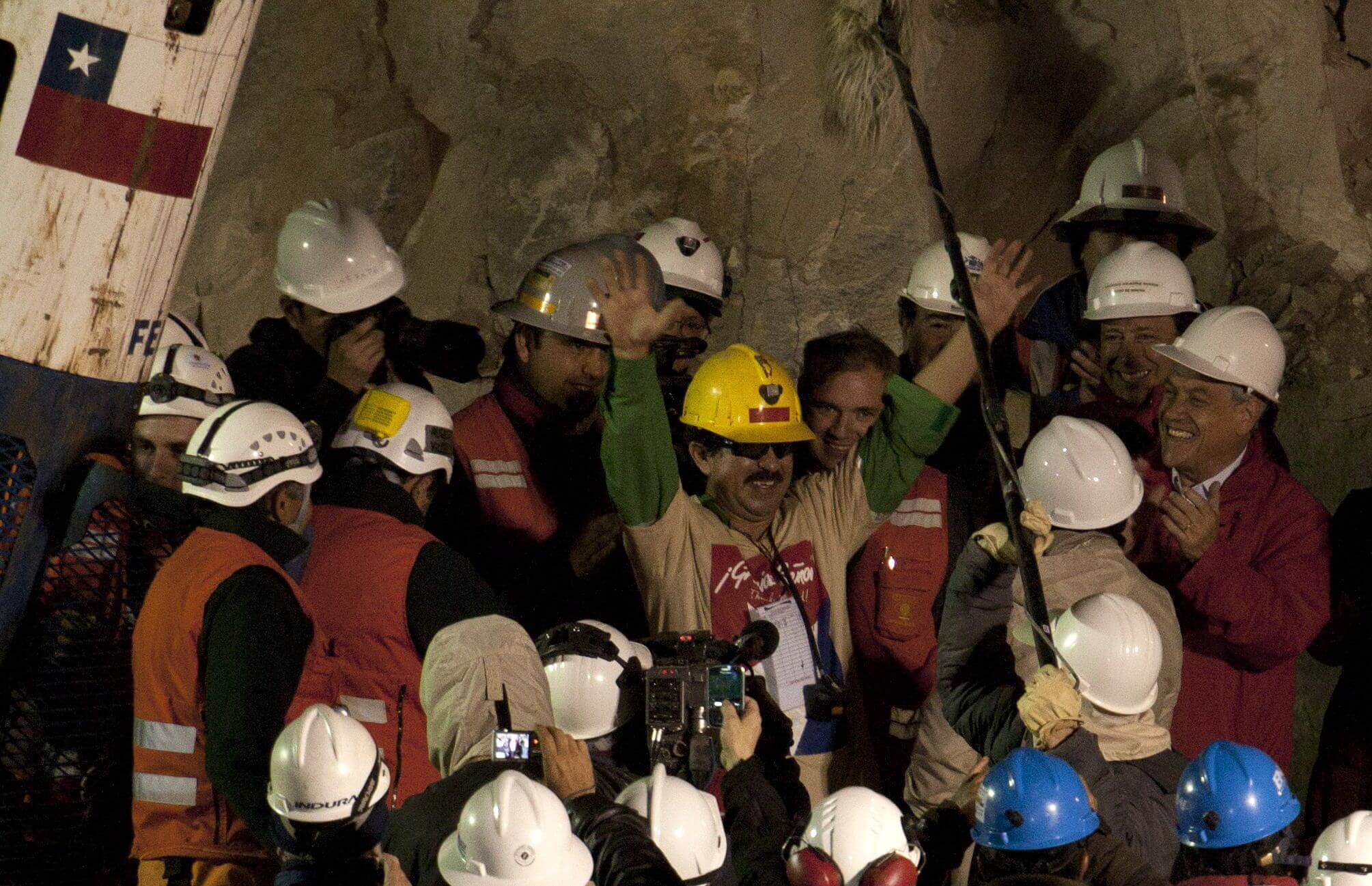“There’s an app for that!”
We have become dependent on the best apps for Smartphone and other mobile devices in both personal and professional life and look forward to the latest and greatest. Here are some promising new apps to make our lives a little bit easier in 2013.
Asana
Ideal both for individual users and groups, Asana allows users to not only stay connected to their colleagues but to the tasks they are working on as well. As an added bonus, it’s a free app (for groups under 30), and offers an invaluable service offices small and large can well use.
Parking Panda
I rely on public transportation for my commute, mostly because parking in New York City is a nightmare (as in most major cities.) Mobile navigation and GPS apps which help us find everything from restaurants to laundromats are fine but without parking tips, some people may never reach them! Enter Parking Panda which provides users with daily and monthly parking options (including rates) that are close to their destination, thus alleviating (some) of the headaches of city driving.
Buffer
A huge time saver, Buffer allows you to schedule all of your social media content through one place. In addition, it also enables you to schedule to your content at the ideal time of day via their spiffy algorithm.
CloudOn
Running Windows on a mobile device can be a very trying experience. Thus, CloudOn is a necessity for any professional, as it seamlessly integrates Excel, PowerPoint, Word and even Adobe Reader with your devices’ keyboard.
Divvy
Like eating in big groups, but hate getting stuck footing the biggest part of the bill (which I usually do)? Divvy allows you to scan, mark and calculate just your orders for both ease of payment and peace of mind, about who is paying for which piece of pie. Just snap a photo of your receipt, mark it according who ordered what, and keep your friends honest.
Battery Stats Plus
While a dead battery may offer a much appreciated respite from the trials of work, no one likes the subsequent feeling of alienation, or the drop of an important conversation caused by the untimely demise of your battery. Battery Stats Plus provides you with more than just a visual icon of how much battery you have remaining, it gives you detailed stats on which apps or processes drain your battery the most. Meaning you can have your battery cake and eat it too.
Know of any other great apps that can help make 2013 easier? Leave them in comments section below.





